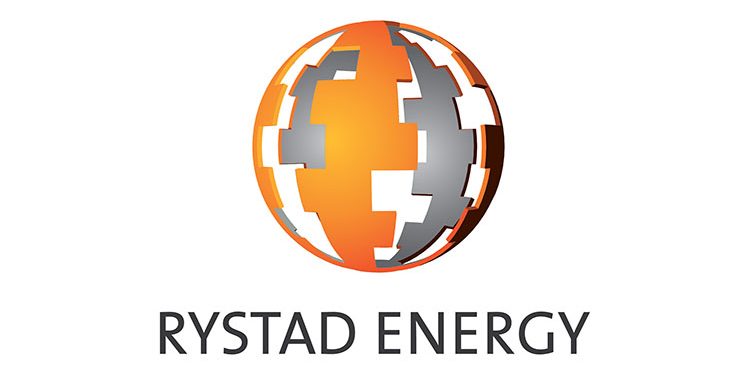Rystad Energy: Oil Prices Surge on Middle East Tensions and Dwindling Supply
Global oil price benchmarks are surging to highs not seen in almost eight years, triggered by a low supply outlook complicated by tensions in the Middle East.
The oil supply outlook for January and February looks very tight, but central bank decisions further down the line may not have the intended impact on oil prices if OPEC+ and other factors curtail supply increases.
Brent spot trading was clawing towards $90 per barrel today, a high not witnessed since 2014, as regional tensions in the Middle East led to damaged oil infrastructure in the UAE and Russia announced it will not pump gas to Europe via the Yamal pipeline in February 2022.
The damage to the UAE oil facilities in Abu Dhabi is not significant in itself, but it raises the question of even more supply disruptions in the region in 2022.
The attack raises the geopolitical risk in the region and may signal the Iran-US nuclear deal is off the table for the foreseeable future, meaning Iranian oil barrels are off the market, boosting demand for similar grade crude originating elsewhere.
The year already kicked off with large-scale supply shortages, led by the fragile political situation in Libya and lower than expected output performance in Russia and Brazil, which may be a harbinger of lower capacity to come.
Russia’s announcement that it is essentially turning off one of its main gas valves, the Yamal pipeline, for European deliveries in February, also lends a bullish spin to the entire commodity basket, especially for oil, as demand for heating fuel in China rises with not only cold weather but as an option against expensive natural gas.
Russia has other pipelines to deliver gas to EU markets, but, as always, it is playing its arbitrage card between the premium Asia market and the European LNG sink, which is currently being inundated with cheap US LNG exports that are at record post-pandemic highs.
The approval for Nord Stream 2 is at stake, but whether Russia can get it open by depriving Europe of much-needed gas supplies in winter seems like an unlikely method to get the pipeline online.
A potential curve-ball would be if Russia and China strike a deal for either more natural gas and oil via pipeline or ship exports to China or even cooperate on a future infrastructure deal that adds more Russian oil supply from Eastern Siberian fields, which are set to be a key source of growth for both natural gas and oil in the medium-term, and logically will run into Asia given the geography of the fields.
The specter of inflation still looms, and China’s central bank on Monday unexpectedly cut the borrowing costs of its medium-term loans by 10 basis points, potentially signaling an expansionary monetary policy that would lead the way for increased Chinese GDP, oil consumption and refinery runs.
China may be inciting the bull, but the rest of the world is mostly discussing how to cool down heated post-pandemic economies.











